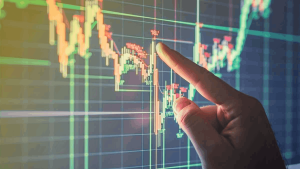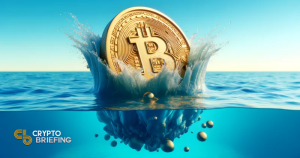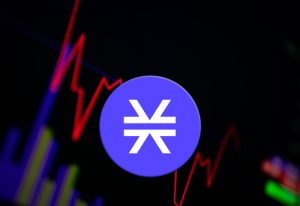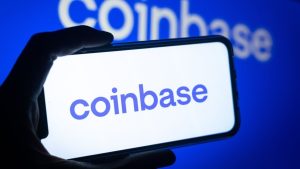How will Uniswap (UNI) Price React to New Fee Structure?

Uniswap (UNI) price is currently at $3.91, down 15% from the monthly peak of $4.70, as investors grapple with uncertainty surrounding the new fee structure. On-chain data examines how the early optimism shown by UNI holders could evolve into a quick price recovery.
On October 16, Uniswap’s founder announced that the leading Decentralized Exchange (DEX) platform would add a new 0.15% fee for swaps on certain coins. Amid the growing market FUD, will the UNI investors hodl or fold?
The New Fees Structure has Not Impacted Uniswap Transaction Count Negatively
On Monday, Uniswap’s founder, Hayden Adams, announced the widely unpopular new 0.15% fee structure. The majority of comments across global crypto media portrayed negative reactions. And unsurprisingly, the UNI token price declined 10% within the next 24 hours, losing thhe vital $4 support in thhe process.
However, looking beyond the scathing headlines and ensuing panic sell-off, on-chain data shows that Uniswap network traction has not shown any signs of deterioration. In fact, it has been quite the opposite.
Daily UNI Transactions increased to a monthly 2,918 on October 17 before scoring another 2,153 transactions on October 18. As depicted in the CryptoQuant chart below, September 21 was the last time UNI Transactional Activity reached those levels.
UNI Transaction Count refers to the total number of transactions conducted on the Uniswap network within a daily timeframe. Usually, an increase in transaction count suggests growing network usage and potential bullish changes in market dynamics.
Unsurprisingly, the UNI price has managed to hold firm at the $3.90 support level and avoid a larger downswing as investors groan under high fees.
Join BeInCrypto Trading community
traders
beginners
enthusiasts
join now
Exchange Reserve Trends Suggest the Selling Frenzy Could Soon Tail-Off
The bears may argue that recent UNI Transaction spikes are sponsored by disgruntled holders looking to sell off their holdings. However, a sharp decline in the number of UNI tokens deposited on exchanges suggests a rather bullish interpretation.
As depicted below, after the sell-off that ensued in the last 48 hours, UNI exchange reserves have declined by 321,000 tokens to hit a weekly low of 47.4 million as of October 19.
Exchange Reserves provides a real-time snapshot of the total UNI token deposits investors currently hold in exchange-hosted wallets.
Typically, when exchange supply decreases during a bearish price downtrend, it signals that holders are looking to HODL and waiting for future gains rather than selling at the current prices.
If this premise holds true, the Uniswap panic sale could end in the coming days and inadvertently trigger an early price recovery.
UNI Price Prediction: Consolidation Above the $3.5 Range
From an on-chain perspective, UNI price will likely consolidate above the $3.5 range if the decline in Exchange Reserves continues.
The In/Out of the Money data, which groups all current Uniswap holders by entry price distribution, also confirms this positive outlook. It shows that the giant buy-wall at $3.5 could provide a soft landing for the bulls in the event of a major reversal.
As depicted below, 7,440 addresses had bought 7.08 million UNI at the maximum price of $3.45. Considering this is the current largest cluster of Uniswap investors below the current prices, they could pose formidable resistance.
But if that support level caves, it could catalyze a larger drop toward $3.
But on the upside, the bulls could break out of the consolidation phase if Uniswap’s price can reclaim $5. However, the bears could mount an initial sell-wall around $4.30. At that zone, 6,510 addresses had bought 12.12 million UNI at the average price of $4.3
If the bears can flip that resistance level, a UNI price rally toward $5 could be on the cards.
Disclaimer
In line with the Trust Project guidelines, this price analysis article is for informational purposes only and should not be considered financial or investment advice. BeInCrypto is committed to accurate, unbiased reporting, but market conditions are subject to change without notice. Always conduct your own research and consult with a professional before making any financial decisions.















